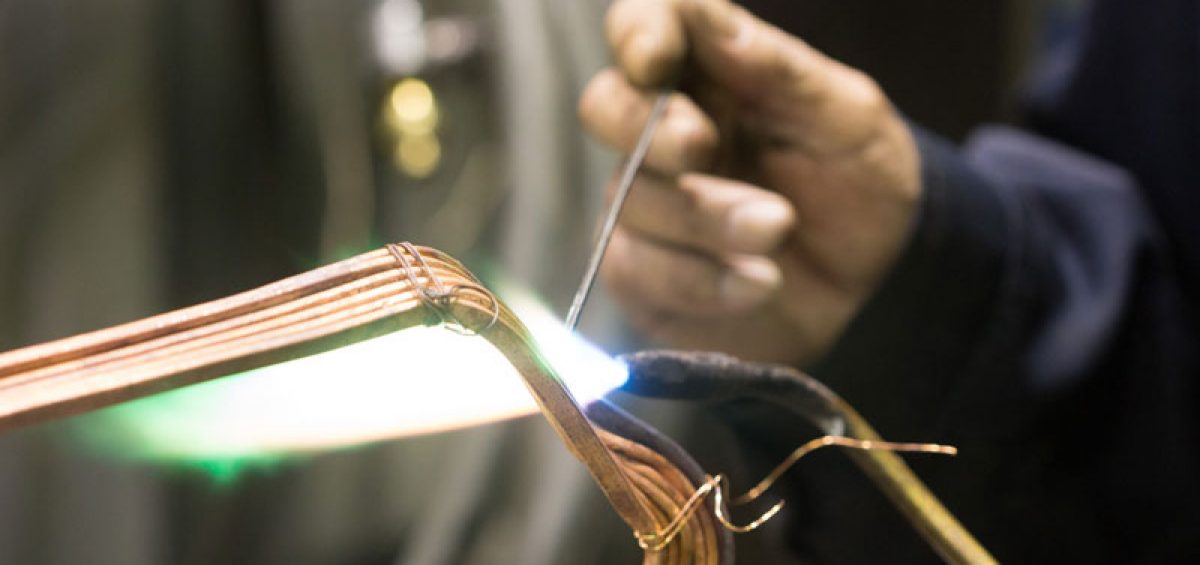
Welding is a method of connecting workpiece by heating or pressurizing or both, with or without filling materials, so brazing is one of the welding methods.
Brazing, as one of the three major welding processes, is different from fusion welding and pressure welding.
Fusion welding is to use an external heat source (such as arc) to make the area near the interface of the connected member (that is, the base material) to be partially heated and melted, and then cooled to form a joint.The base and filler metals are melted during welding, and the two are chemically bonded.Such as: manual arc welding, CO2 welding, TlG welding, MIG welding, submerged arc welding, MAG welding, plasma welding, laser welding, electron beam welding, etc.
Pressure welding is the application of pressure to make the atomic spacing of the welded surface close to the lattice distance.When welding without solder, the metal is connected by chemical or physical combination, narrow weld, small heat affected area, including resistance welding (spot welding, seam welding), flash welding, friction welding, cold pressing welding, etc..
Brazing is the connection of brazed parts by melting the metal (solder). The temperature of solder is lower than that of base metal. When welding, the base metal does not melt.It is customary to divide hard brazing and soft brazing by welding temperature of 450℃.Brazing mainly includes flame brazing, induction brazing, brazing in furnace, resistance brazing, etc.Soft brazing such as: soldering iron.


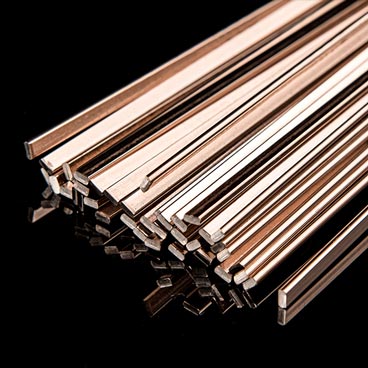
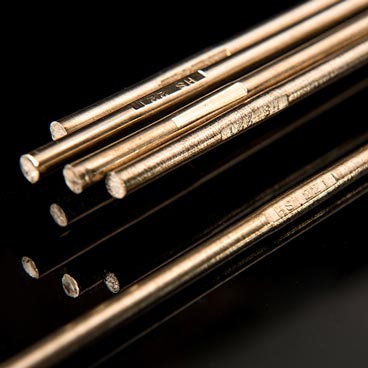
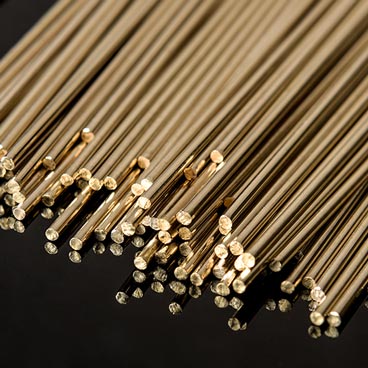
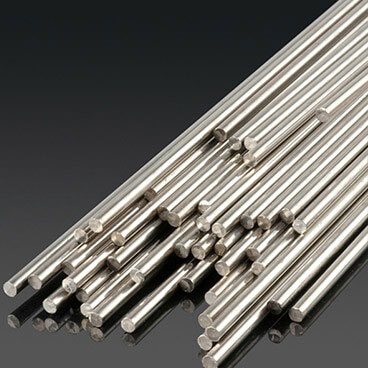

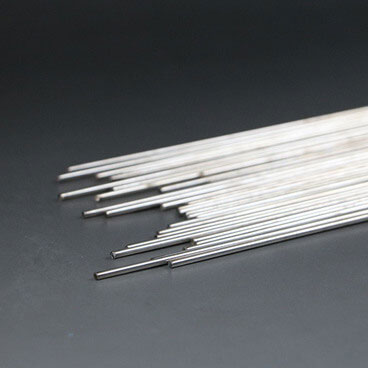
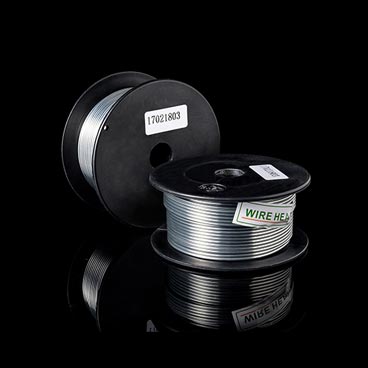
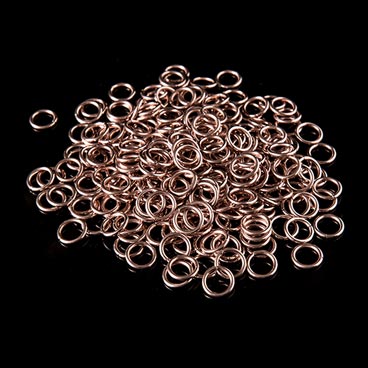
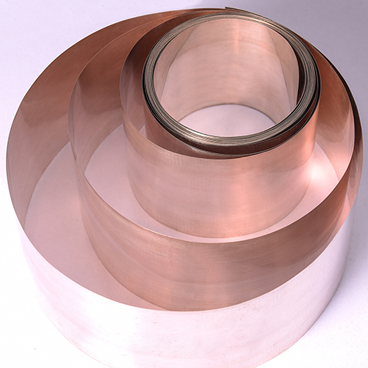
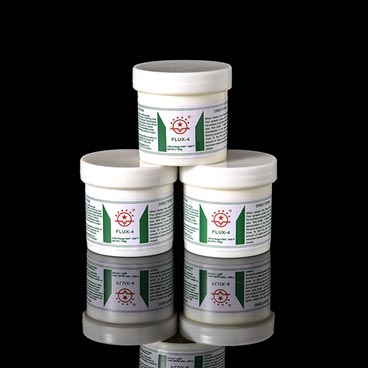
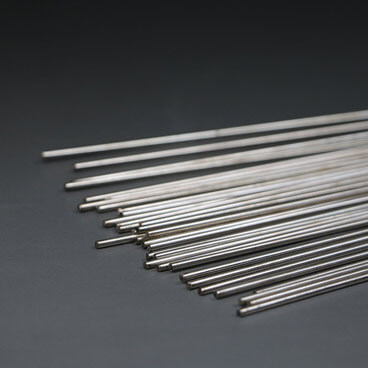






 sales@welding-material.com
sales@welding-material.com







